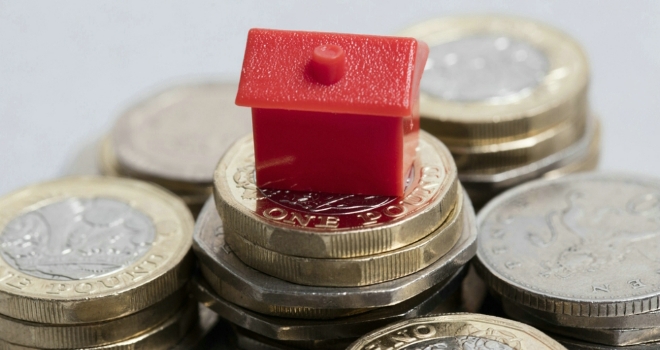
(April-June) were 0.1% lower than in the previous three months - the third successive quarterly fall and the first time this has happened since November 2012.
Prices in the three months to June were 2.6% higher than in the same three months a year earlier. This was lower than in May (3.3%) and is the lowest annual rate since May 2013 (2.6%). The annual rate has fallen from a recent peak of 10.0% in March 2016.
House prices fell by 1.0% between May and June. This was the first monthly decline since January (1.1%).
Nationally, prices in June 2017 were 9% above their August 2007 peak. The average house price of £218,390 is £63,727 (41%) higher than its low point of £154,663 in April 2009.
Martin Ellis, Halifax housing economist, said: “House prices have flattened over the past three months. Overall, prices in the three months to June were marginally lower than in the preceding three months. The annual rate of growth has fallen, to 2.6%; the lowest rate since May 2013.
Although employment levels continue to rise, household finances face increasing pressure as consumer prices grow faster than wages. This, combined the new stamp duty on buy to let and second homes in 2016, appears to have weakened housing demand in recent months.
A continued low mortgage rate environment, combined with an ongoing acute shortage of properties for sale should help continue to underpin house prices over the coming months.”
Russell Quirk, eMoov founder and CEO, said: “Contrasting figures from Halifax after Nationwide reported signs of a pulse returning to the UK property market, but given both sets of numbers, it would seem reports of a market demise have clearly been exaggerated.
Despite the recent claims the market is due to see a notable crash with prices falling by as much as 40%, this remains very unlikely.
The market is not dead or running on the life support of easily obtained credit and has suffered more of a grazed knee than a fatal injury.
A momentary blip is certainly not substantial enough to label as a trend and those that have, are doing so prematurely. Resilient levels of buyer demand, heightened by a paltry supply of stock and coupled with historically low interest rates will continue to fuel house price growth in the medium and long term.”
Jeremy Leaf, north London estate agent and a former RICS residential chairman, says: "We should take some comfort from the Halifax figures because they are showing a fairly steady market at a time when we would have expected a bit more uncertainty in the period leading up to the general election. It is mildly encouraging to note that the modest price increase is based on, not so much a shortage of stock but a reasonable number of approvals for the time of year.
Another positive sign is the number of first-time buyers who are active. On the ground, we are finding that they are taking the place of buy-to-let investors hit by increases in tax and legislative responsibilities."
Mark Harris, chief executive of mortgage broker SPF Private Clients, says: "Speculation about whether interest rates are going to rise sooner rather than later continues but mortgage rates are so far unaffected as lenders compete for business with cheap deals. With lenders continuing to offer a good range of high loan-to-value deals at competitive rates, first-time buyer numbers are strong, which is encouraging for the overall health of the housing market."





